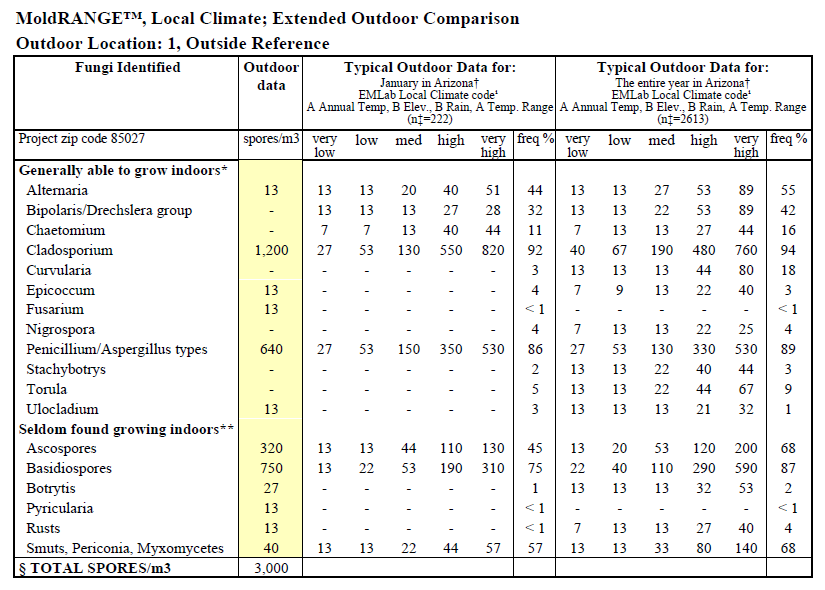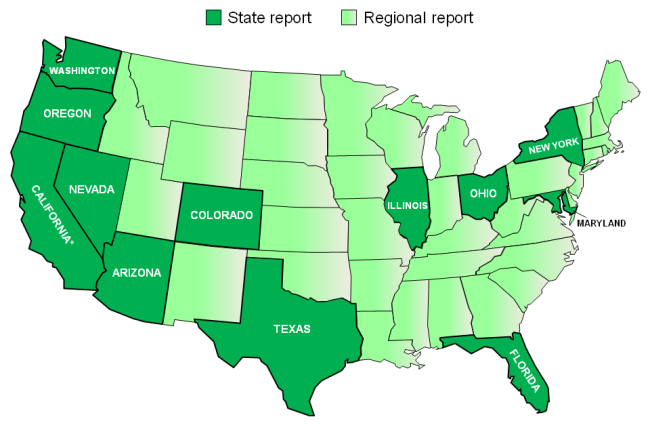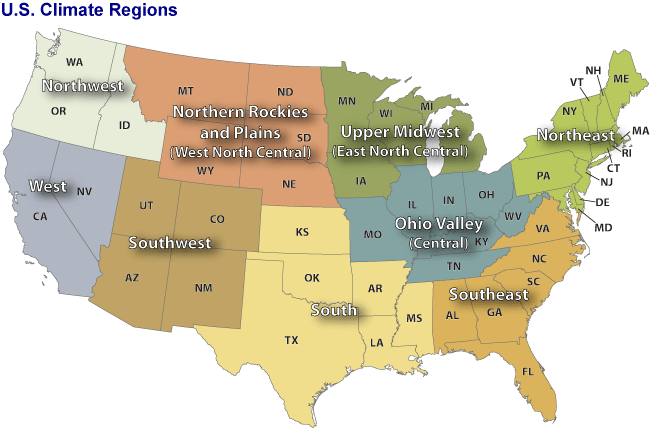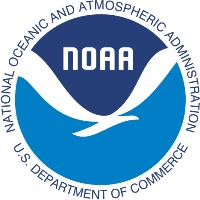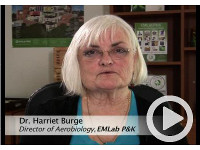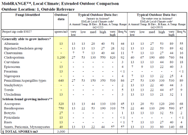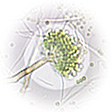MoldRANGE™ Local ClimateWe've enhanced the MoldRANGE™ report!
The MoldRANGE™ Local Climate Report is a new supplemental report that contains
more specific outdoor reference information for your area. EMLab P&K is the only
laboratory that equips you with scientifically-developed and statistically accurate
tools like this new report to assist you in your mold investigations. What Does The MoldRANGE™ Local Climate Report Tell Me?Since the climate and outside spore distribution across even a single state may vary depending upon your location, this report breaks single states or groups of states into smaller groupings (called EMLab Climate codes) based upon climate data from NOAA's National Climatic Data Center. The spore type data comes from EMLab P&K's unparalleled database of over 600,000 spore trap samples, including over 180,000 samples that are categorized by zip code. We evaluated each grouping and displayed the typical frequency and counts of a given spore type within that EMLab Climate code. This gives you a point of reference for the number and types of spores usually present in the outdoor air in your area across the month of sampling and the entire year. What Does The New Report Look Like?
Based on your project's zip code, your MoldRANGE™ reference data will
be more precise and useful. Here's an example of what your report will include
(view sample report): Where Is The MoldRANGE™ Local Climate Report Available?
*The MoldRANGE™ California Climate report was developed using the Köppen-Geiger climate classifications. Why Does My State Receive Regional Reports?We created Regional reports for states where we don't have a statistically significant number of outdoor samples with zip codes associated with those samples. The regions are based on NOAA's climate regions (see map below) where the states have similar climate characteristics. What's Different Between State and Regional Reports?The only difference is the "Typical Outdoor Data" section for Regional reports is from a set of U.S. states based on NOAA's U.S. climate regions (see map below), rather than one specific U.S. state. When Will My State Change to a State-specific Report?Keep sending samples in your area and include zip codes for your outdoor samples. We'll eventually be able to convert your state from a regional report to a state-specific report. We continuously update data as we receive more outdoor samples with zip codes associated with them. What Are The U.S. Climate Regions?
NOAA's National Climatic Data Center identified the following nine climatically
consistent regions within the contiguous United States. Below is a map of NOAA's
U.S. Climate Regions as well as a list of those regions (alphabetical order by
region) showing the U.S. states in each region.
What Are EMLab Climate Codes? And What Do They Mean?
The result is a 4-character code assigned to each statewide zip code, referred to as
the EMLab Climate Code. Below are some examples of decoded EMLab Climate Codes:
The actual outdoor air sample data from matching local climate codes in each state are then compiled in a manner relating typical spore concentrations and frequency of occurrence. How Was The MoldRANGE™ Local Climate Report Developed?We mapped NOAA's database of weather and geography to our proprietary database of outdoor spore trap samples with known zip codes. We assessed and analyzed our patent-pending system using orthogonal array experimental design techniques. We then compared the results to the typical ranges of spore types found when grouping zip codes using the Köppen-Geiger climate classification system – one of the most widely used systems for classifying the world's climates. The EMLab Climate codes showed improved granularity and refinement of the zip code groupings, implying a better representation of the expected range of spore types to be found within an individual zip code. After performing months of rigorous testing, quality control, and data validation, MoldRANGE™ Local Climate utilizes over 585 million data points from NOAA's database of weather and geography combined with over 180,000 zip code-based outdoor spore trap samples from our proprietary database. How Is The New Report Similar To The Original?
Like the original MoldRANGE™, MoldRANGE™ Local Climate helps you:
How Can I Receive The New Report for My Projects?When you take mold samples in the U.S. states listed above, simply contact your EMLab P&K Project Manager and include the zip code for your projects. Without your project's zip code, you will receive the original MoldRANGE™ report. We hope you will find the new MoldRANGE™ Local Climate report useful. You can learn more about MoldRANGE™ by watching this video by Dr. Harriet Burge.
Watch the MoldRANGE™ video and learn from Dr. Harriet Burge!
|
Contact us for additional information or if you would like to receive the MoldRANGE™ Local Climate report with your projects.
|
|||||||||||||||||||||||||||||||||||||||||||||||||||||||||||||||||||||||||||||||||||||||||||||||||||
